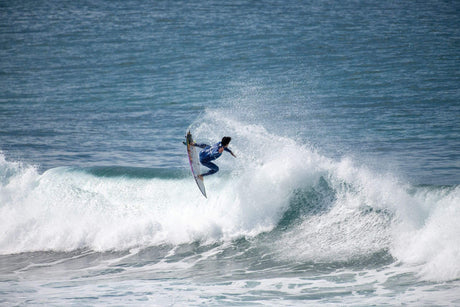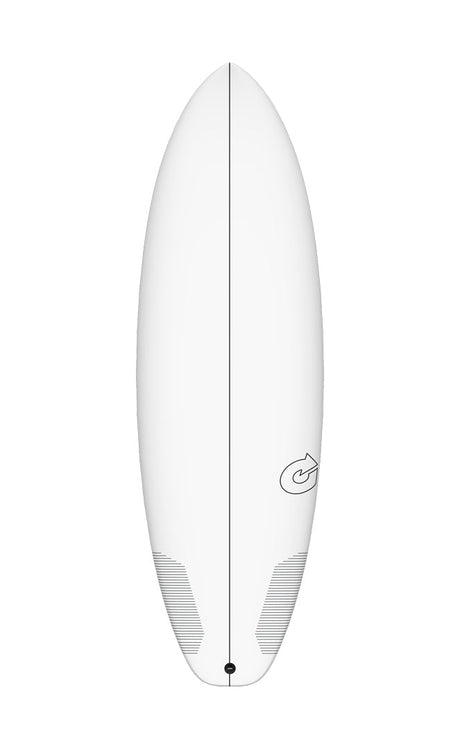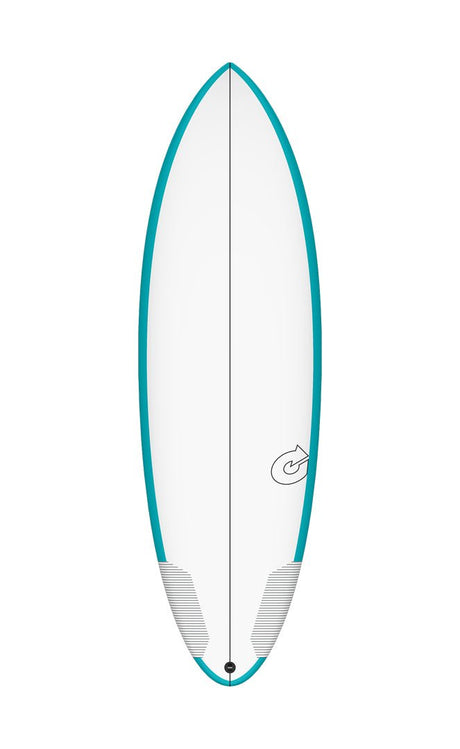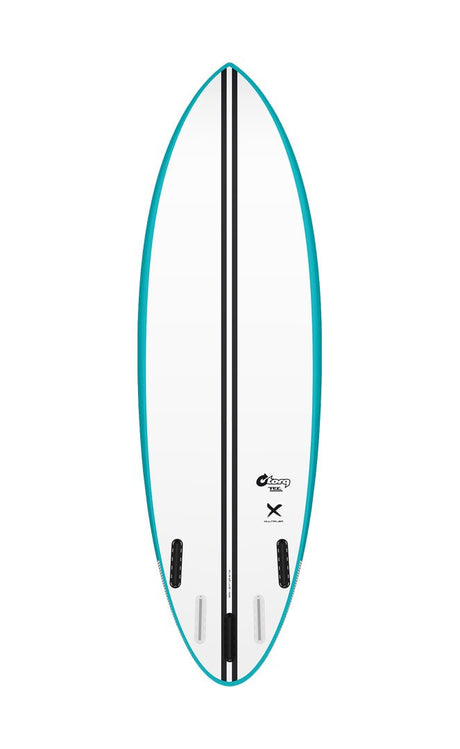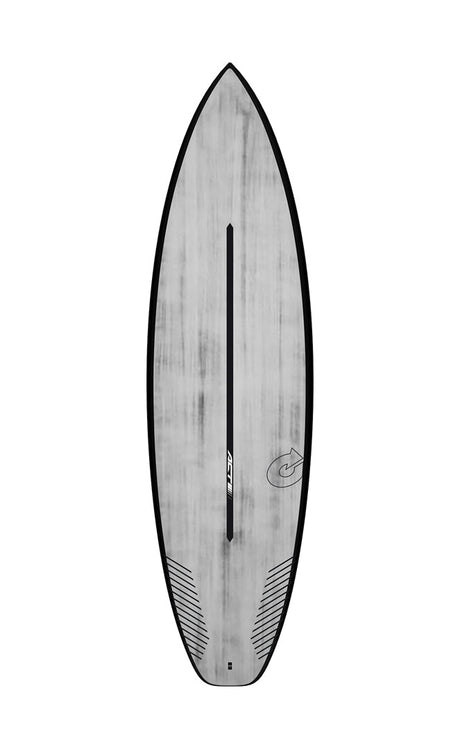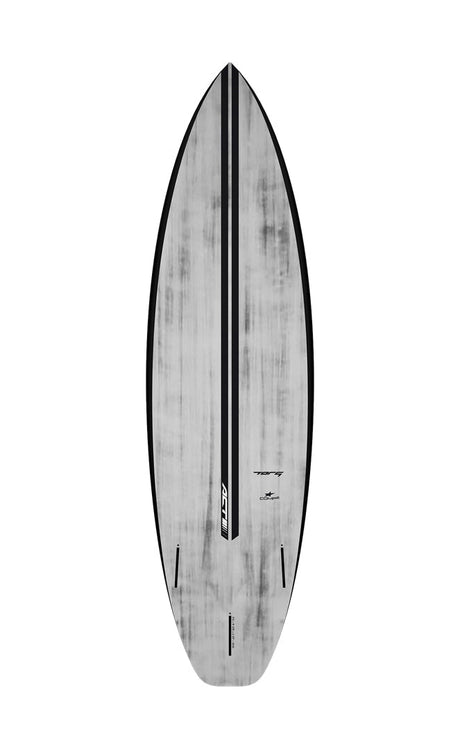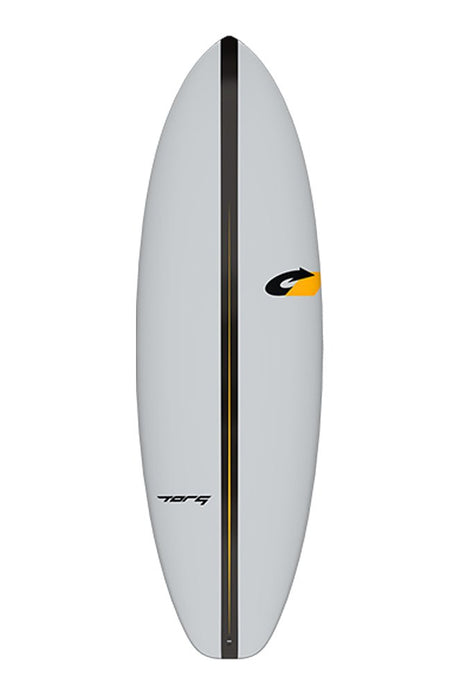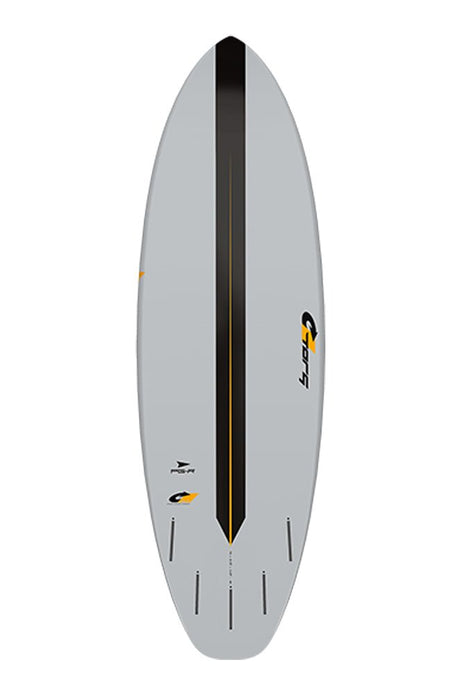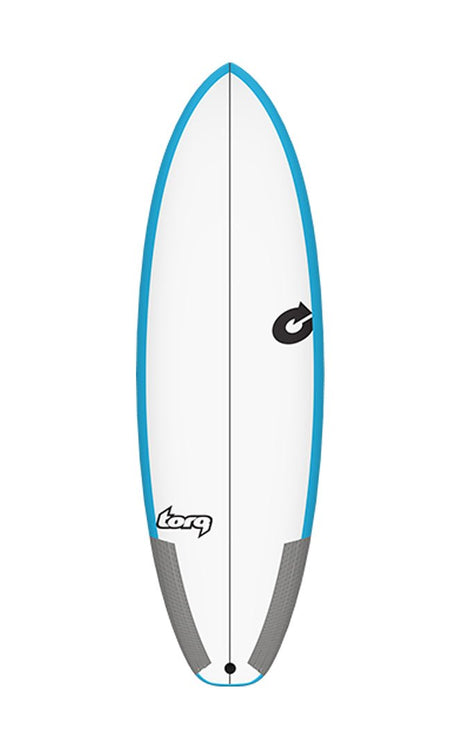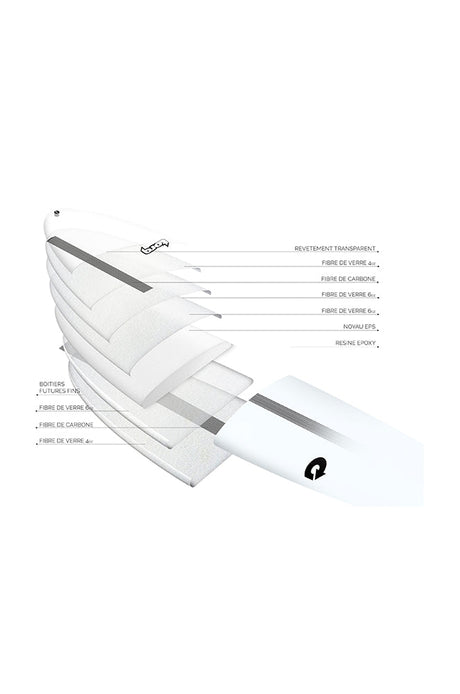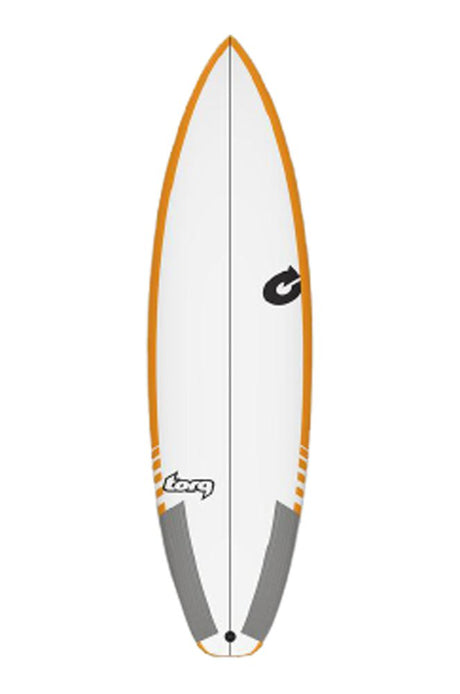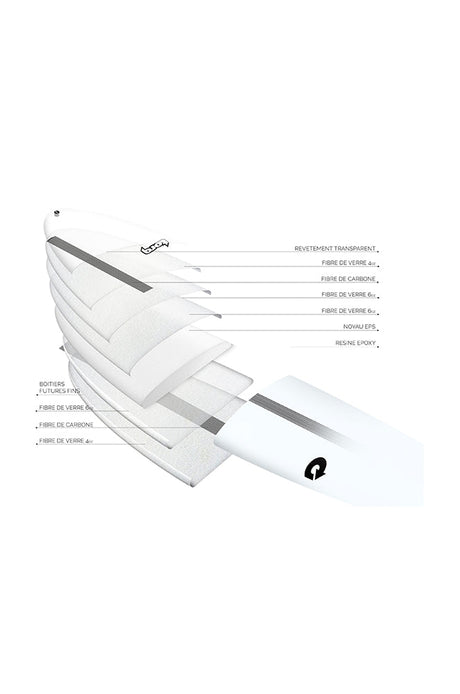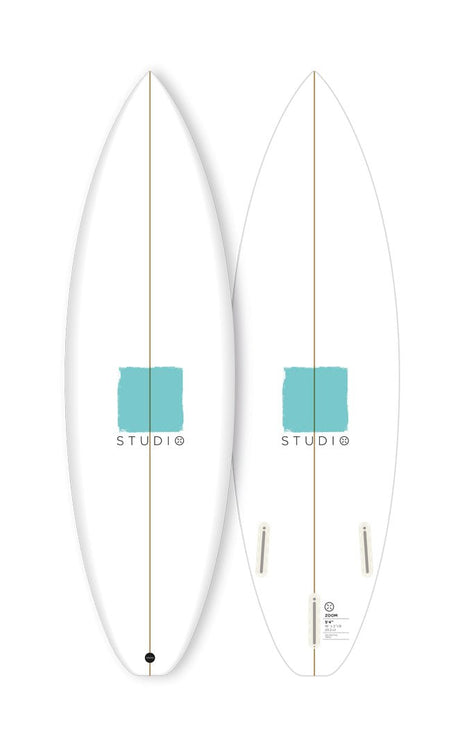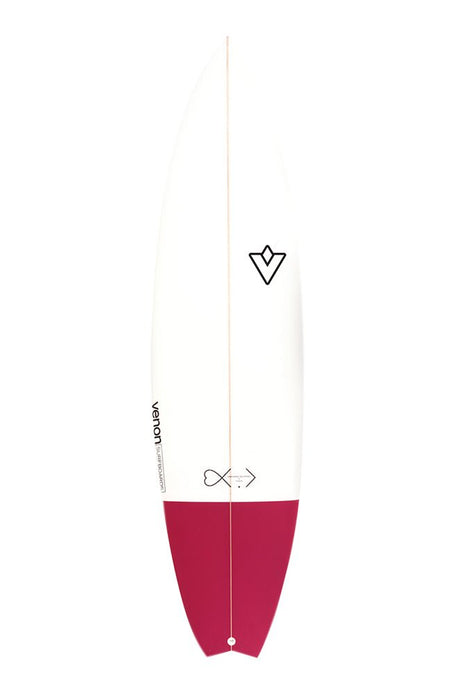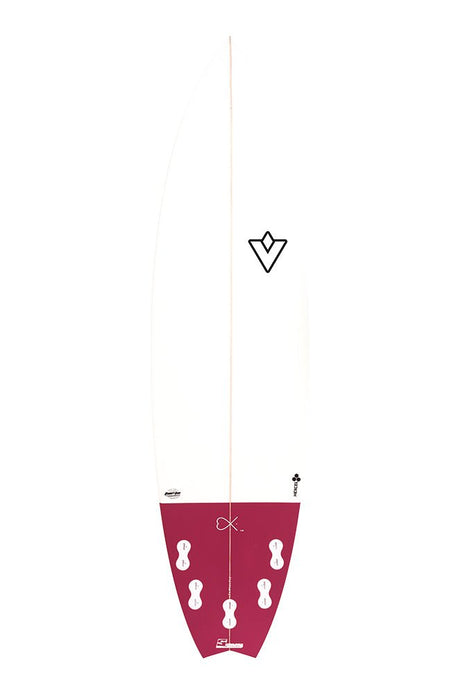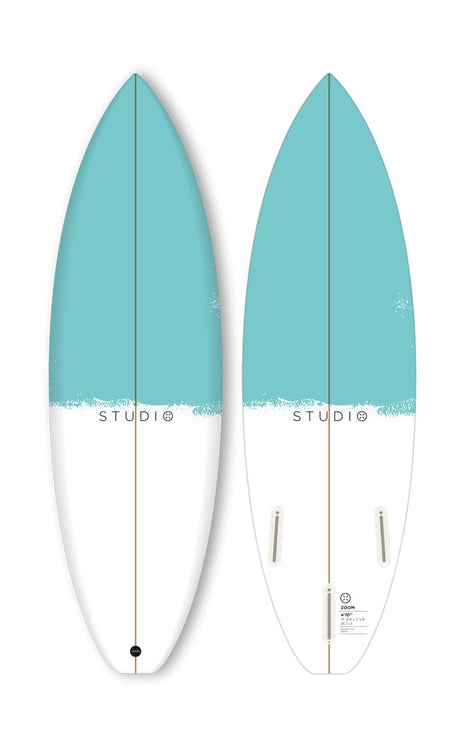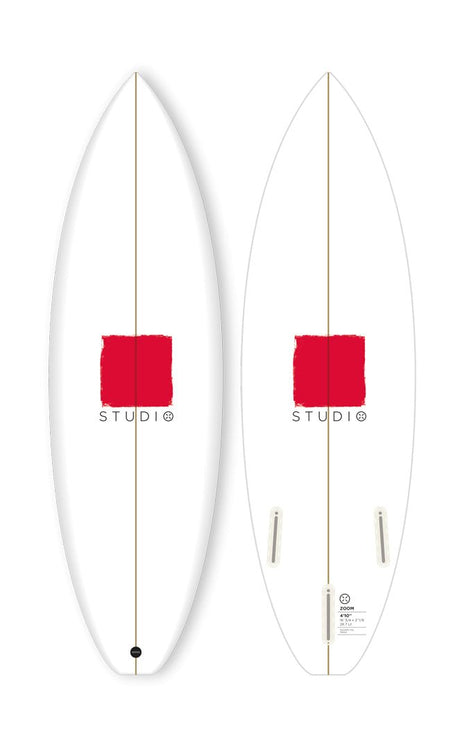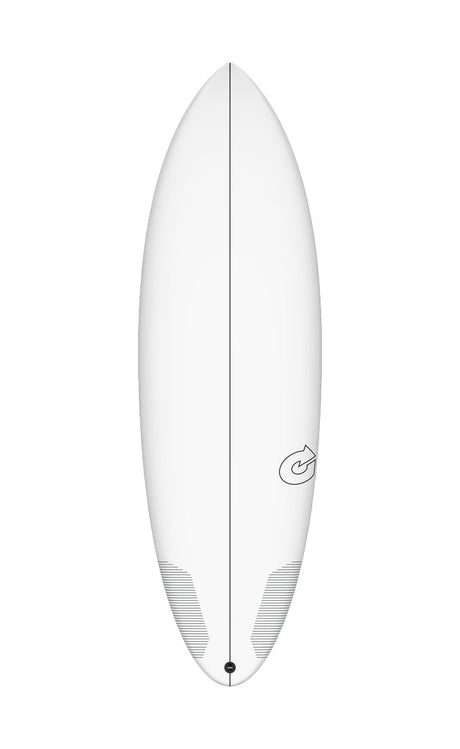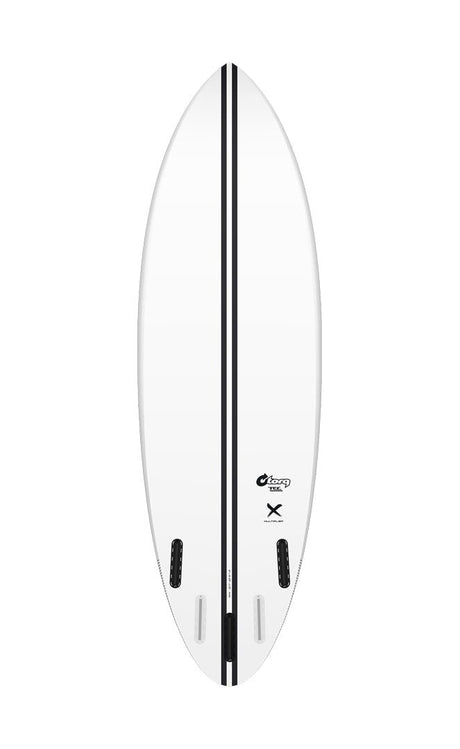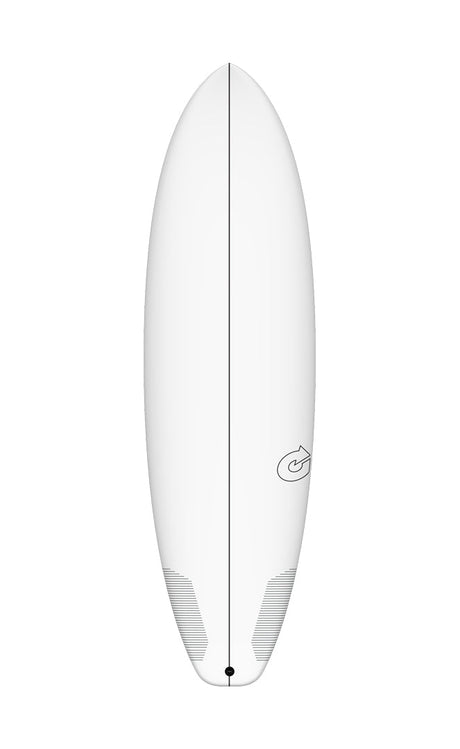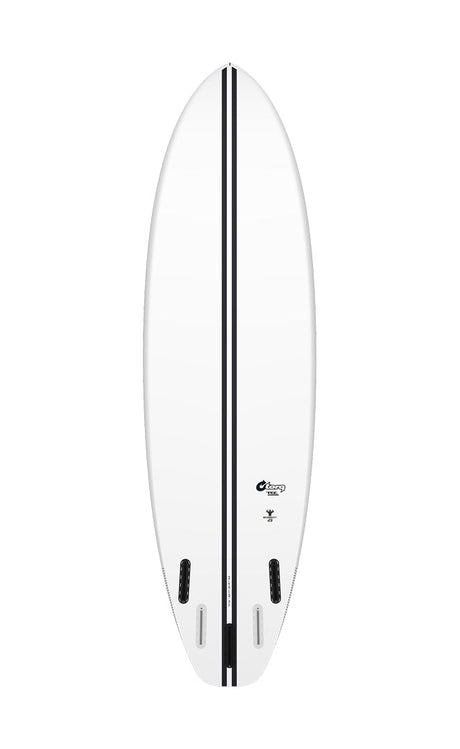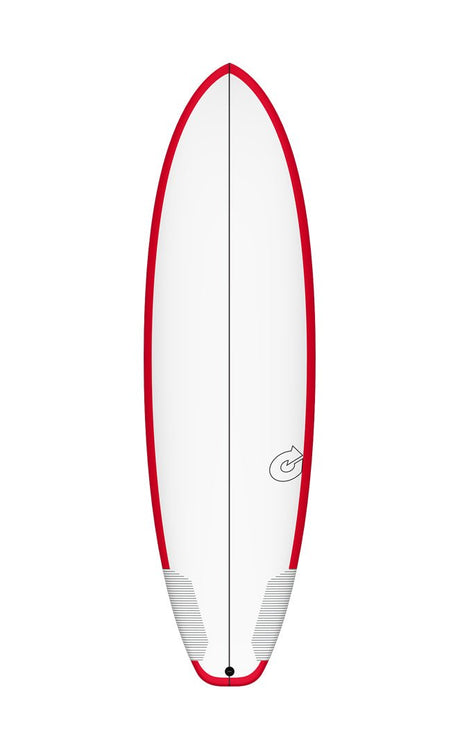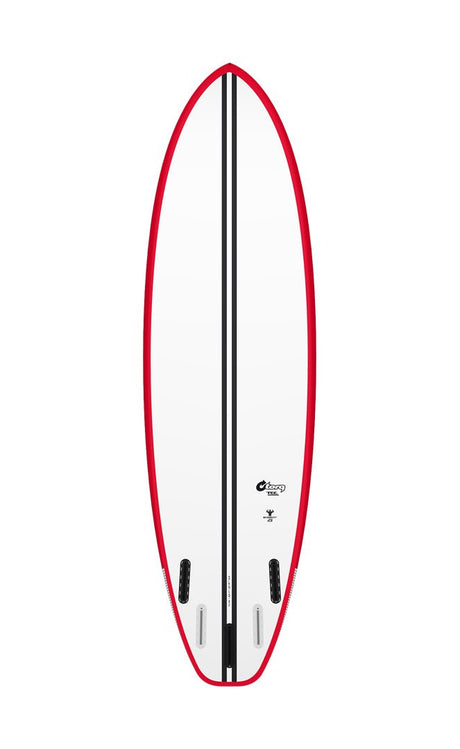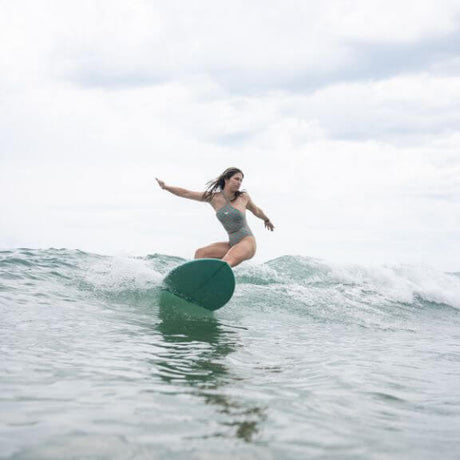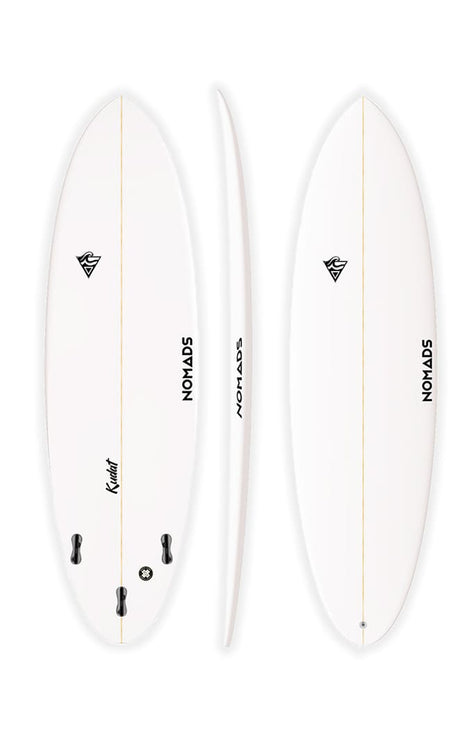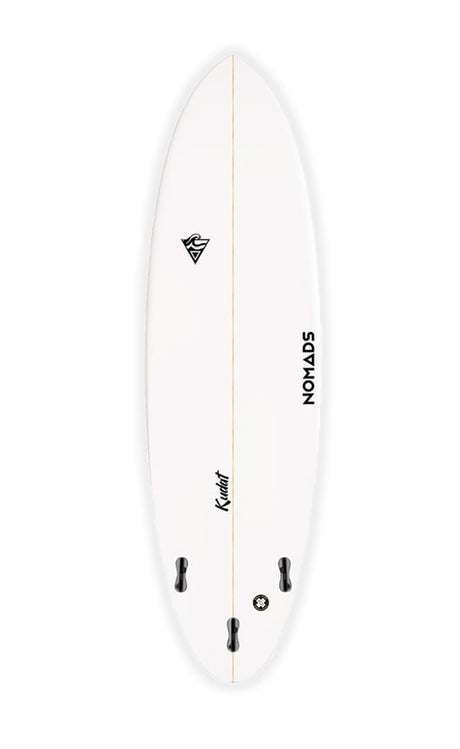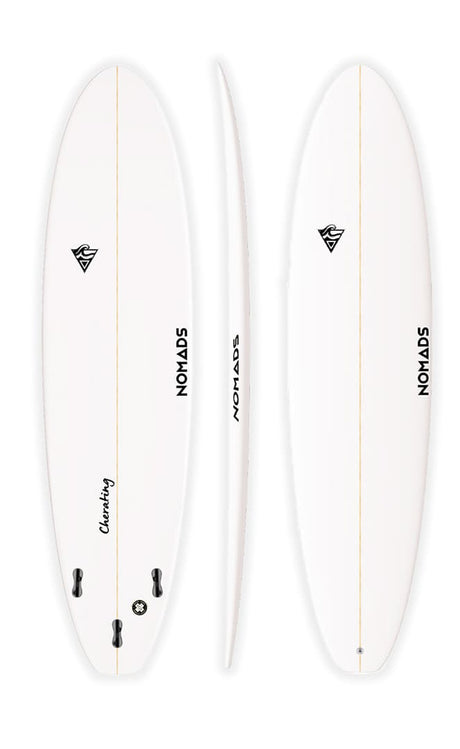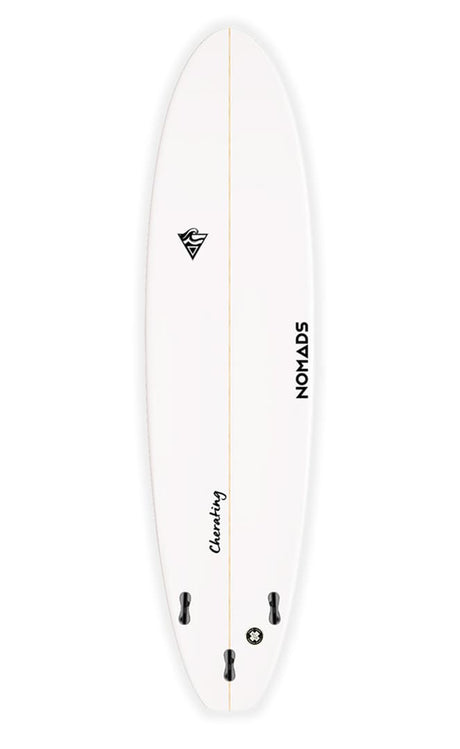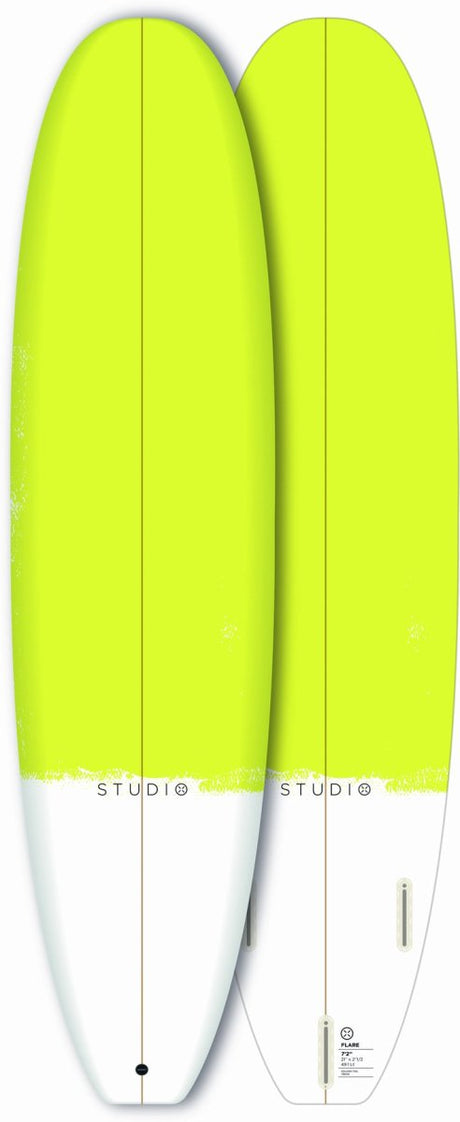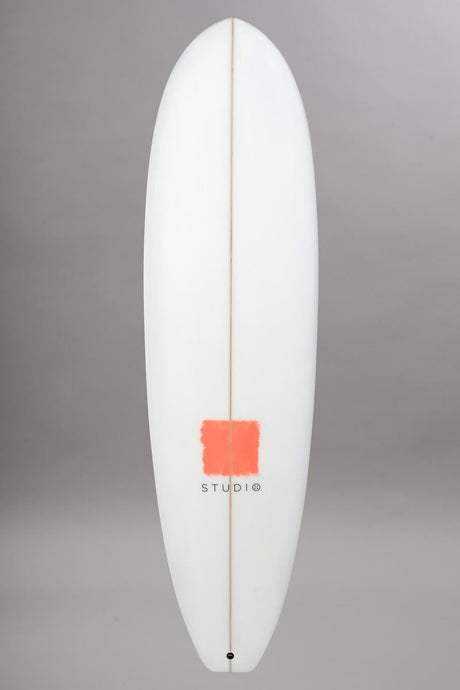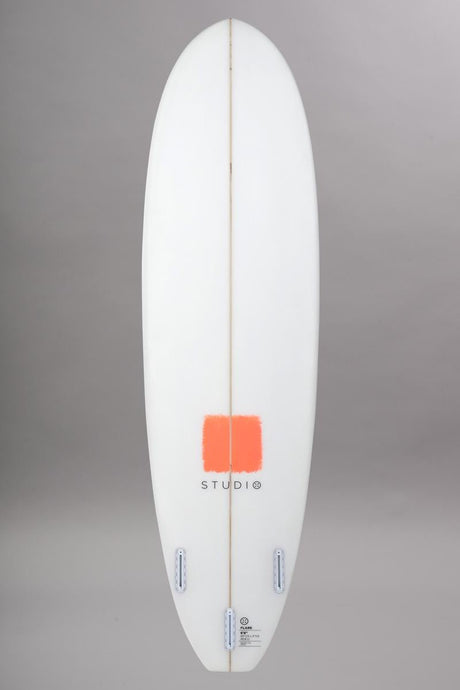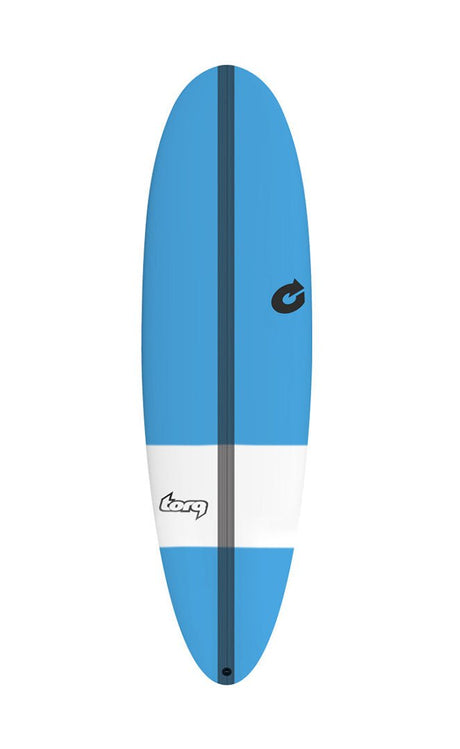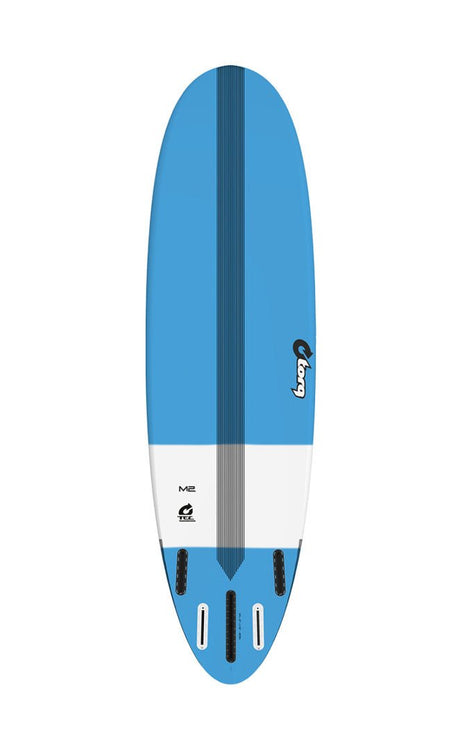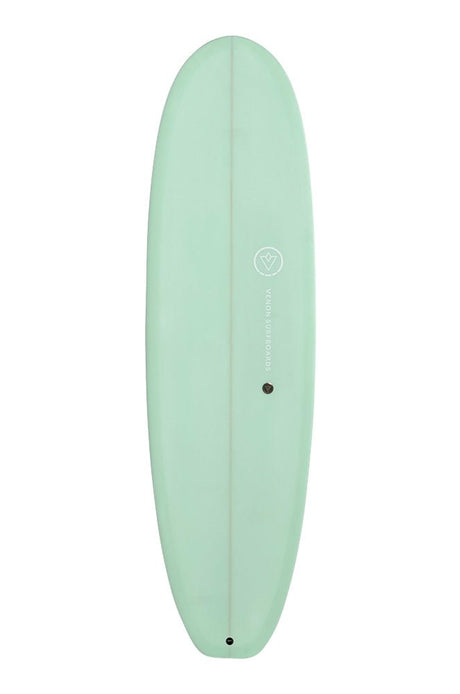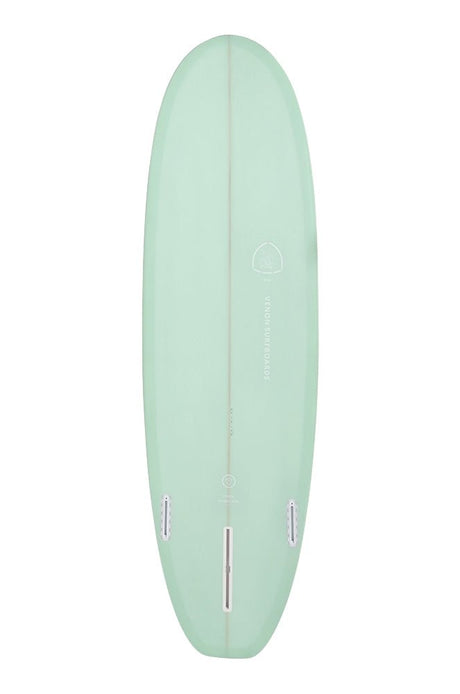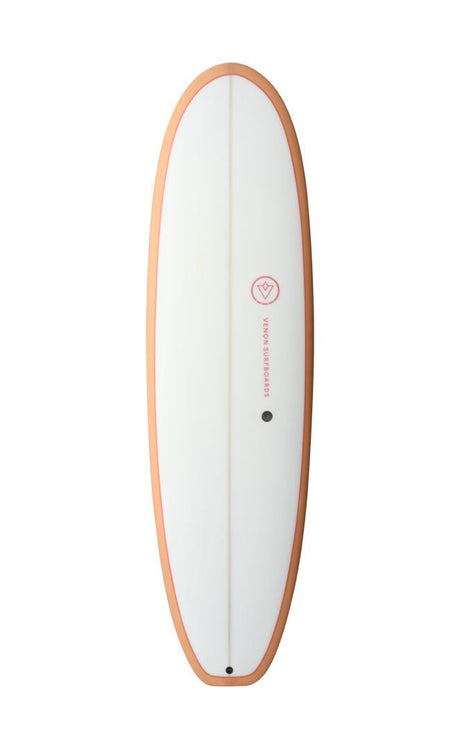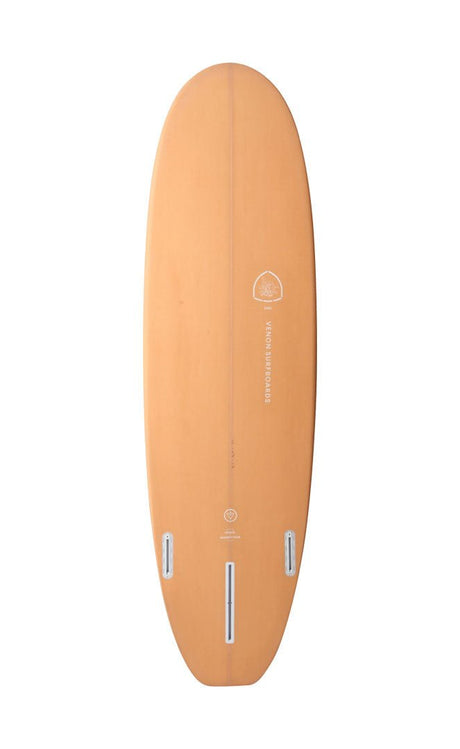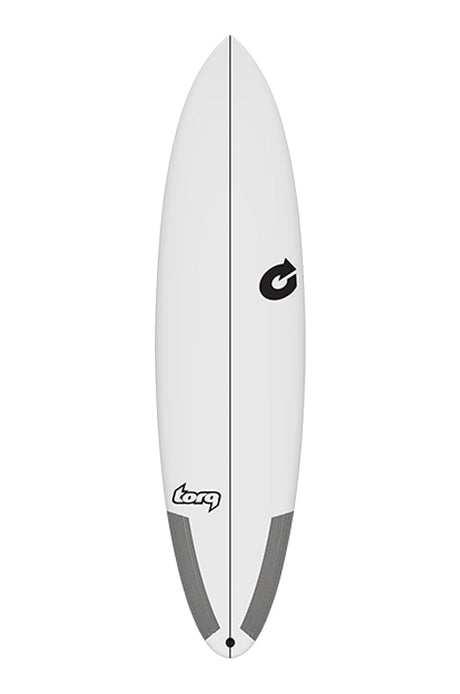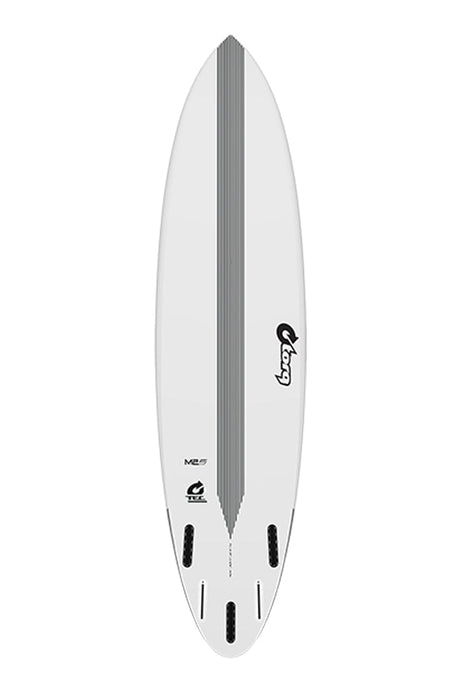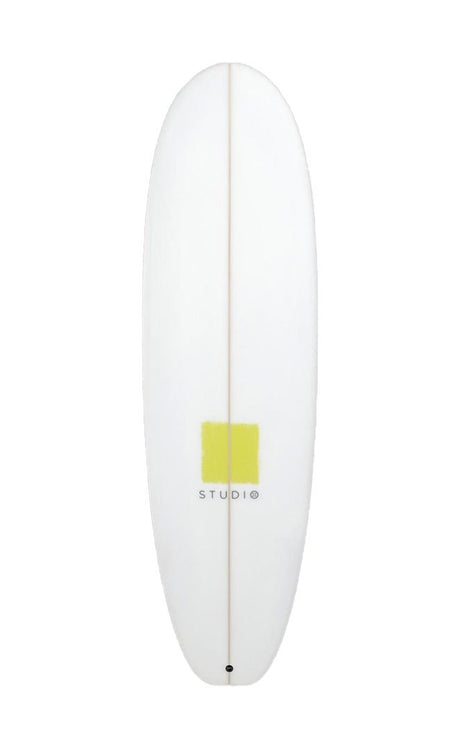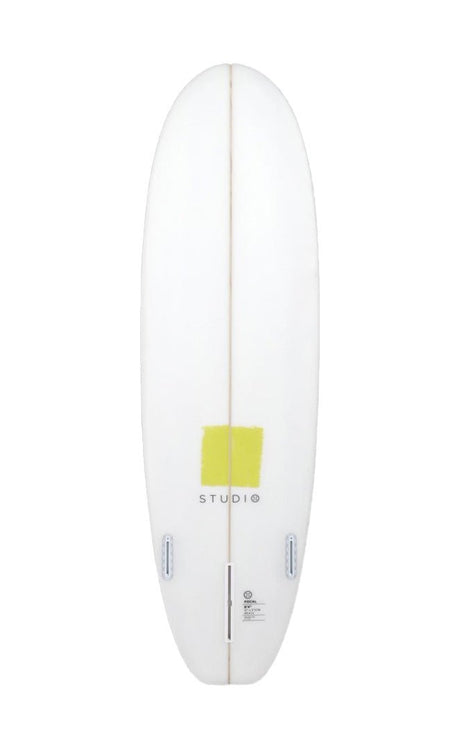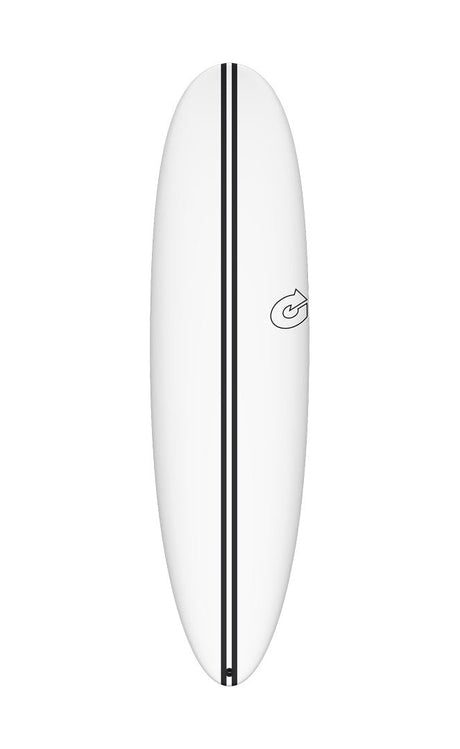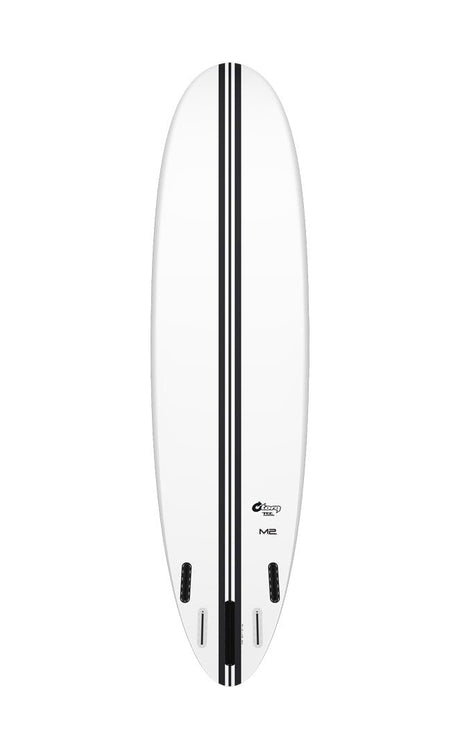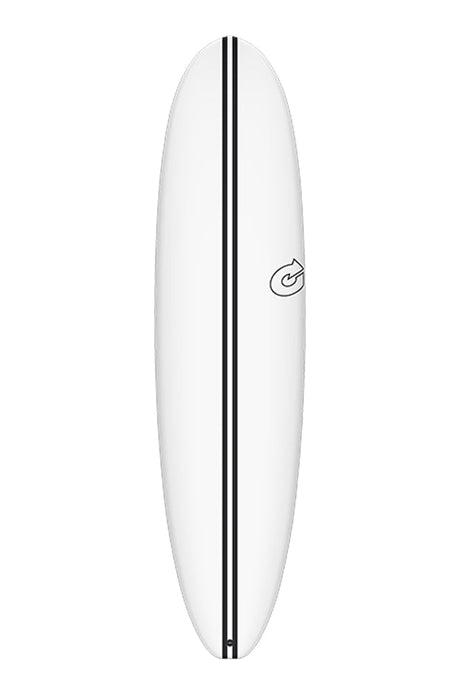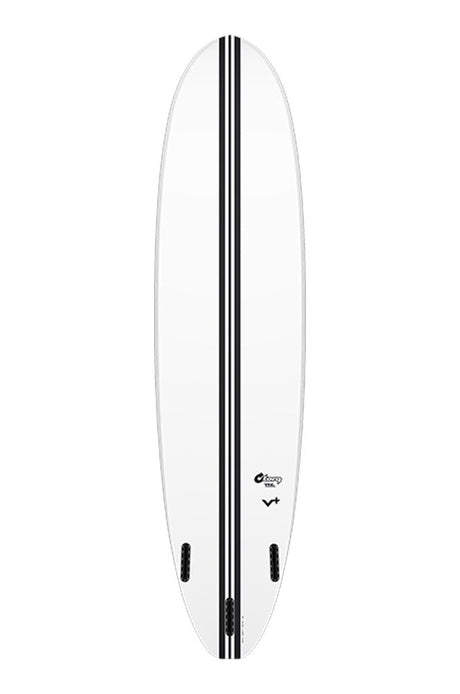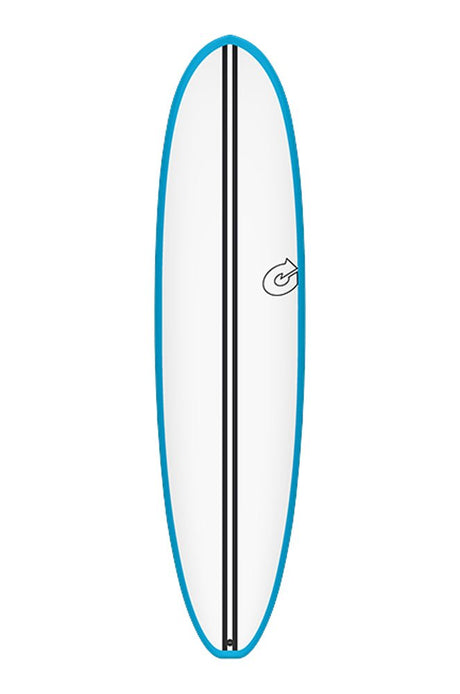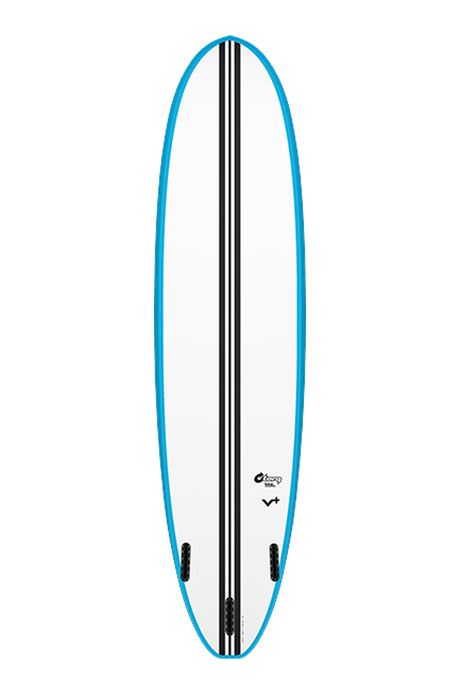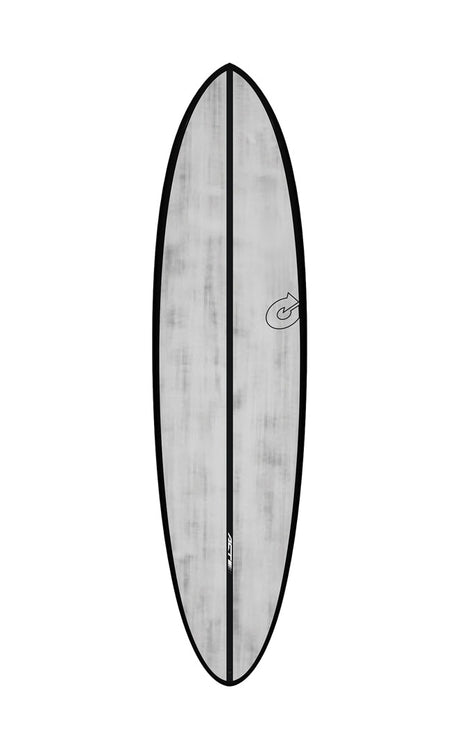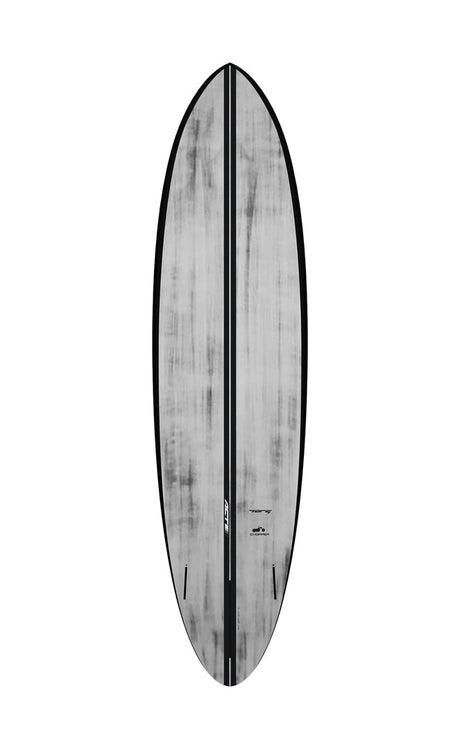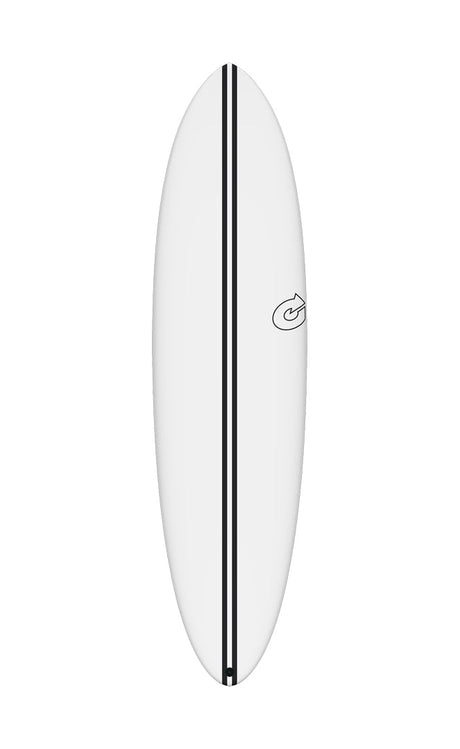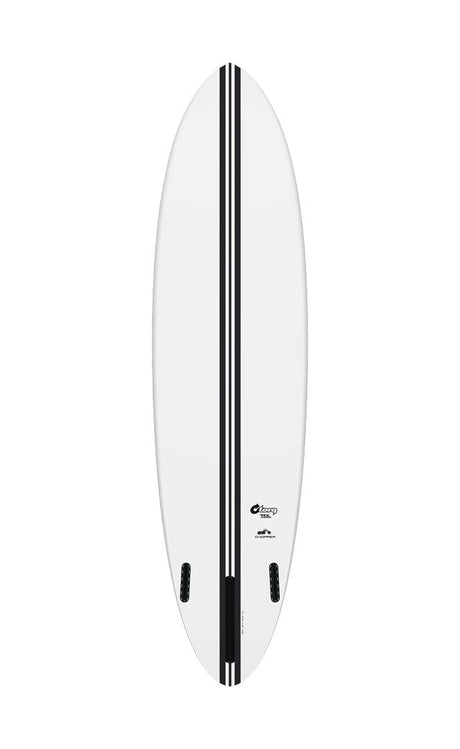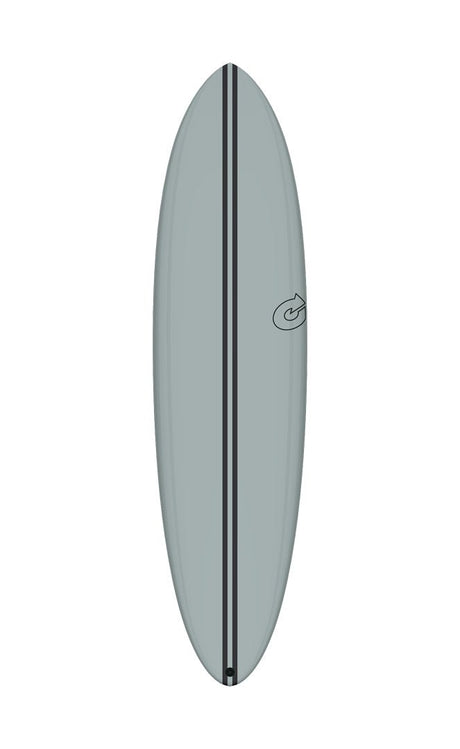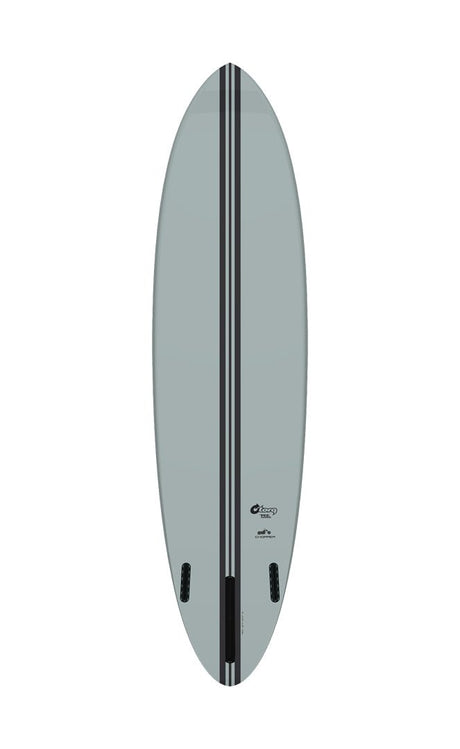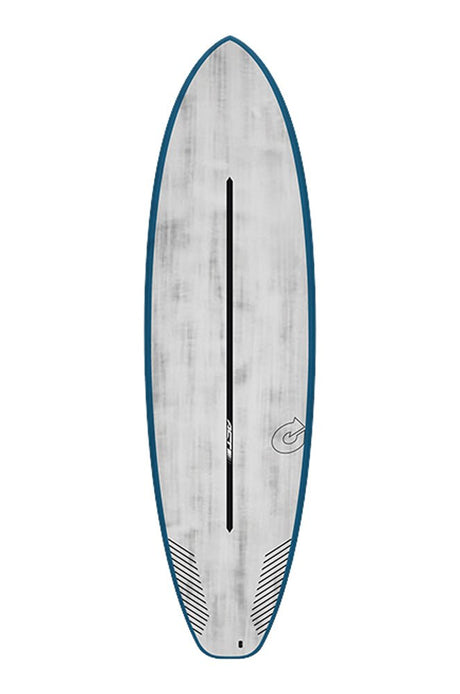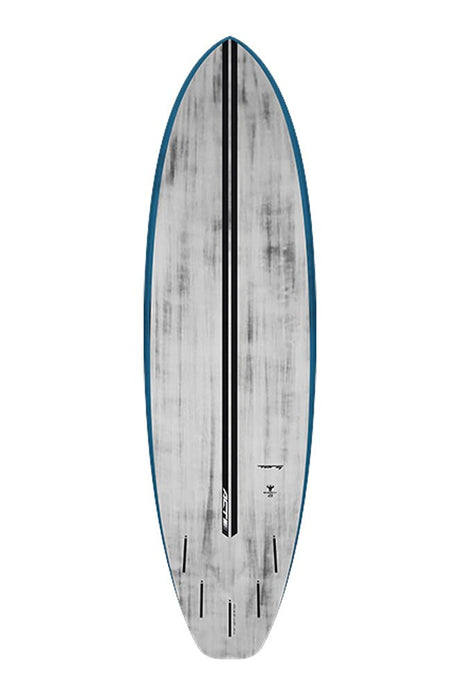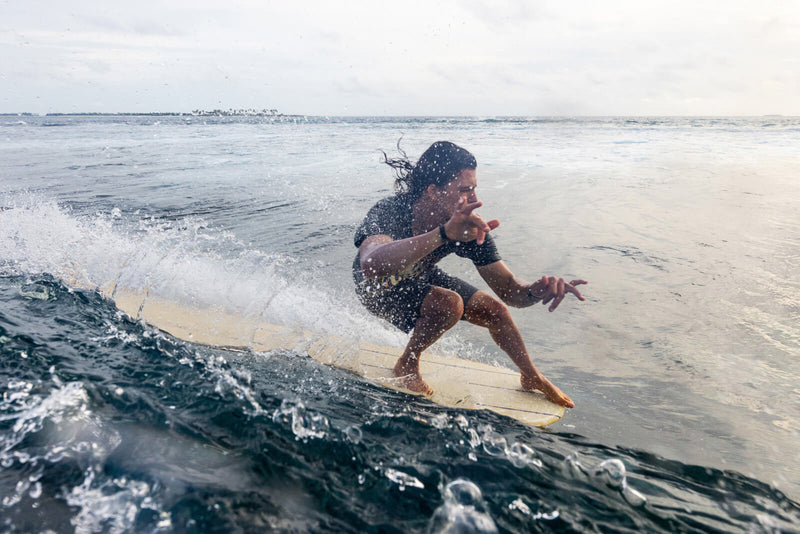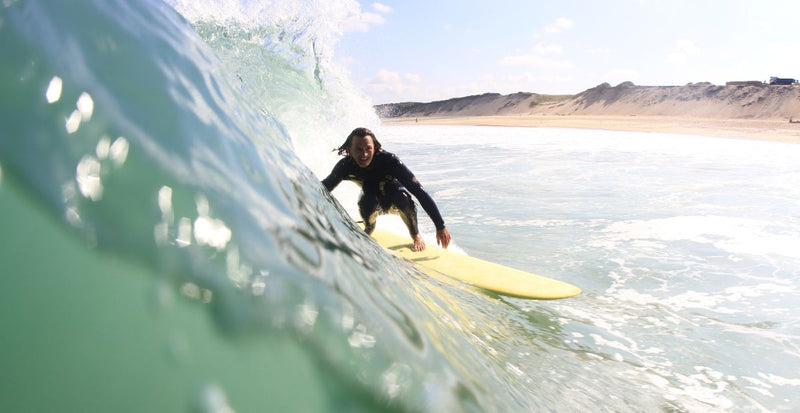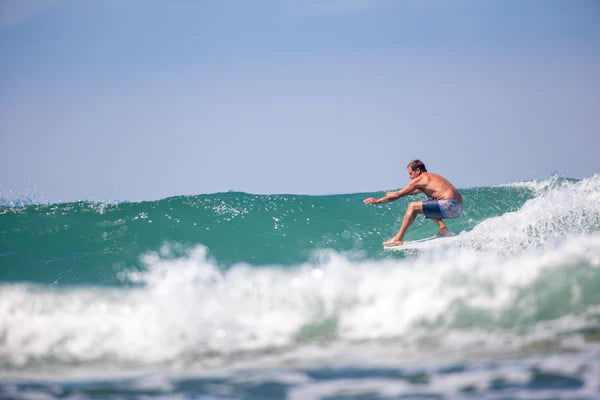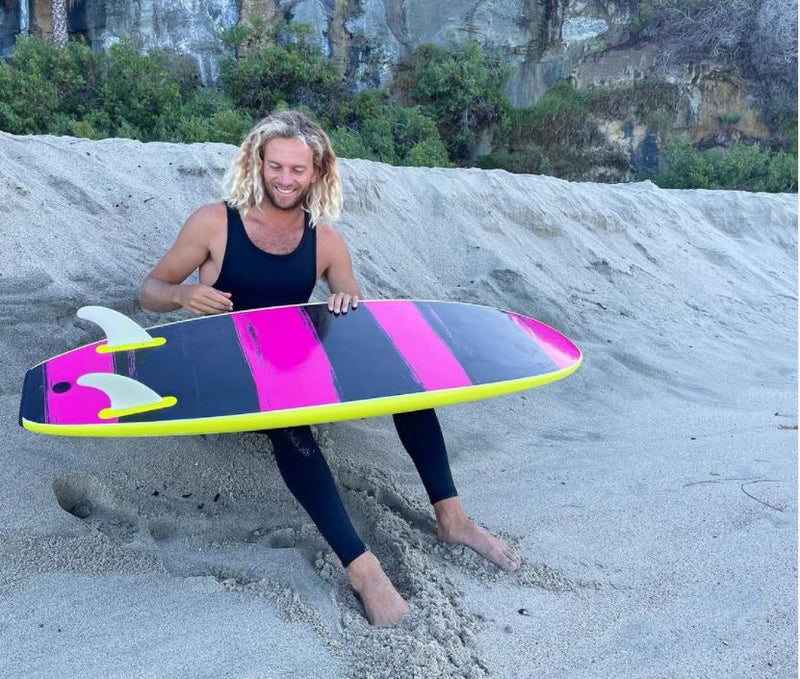Choosing a surfboard can be a very complex decision, given the variety of factors to consider. That's why we decided to make it easier for you! This buying guide will help you choose the next board that best matches your level and expectations.
The different types of surfboards
There are several types of surfboards suited to different levels and styles of practice:- The foam board (or softboard): ideal for beginners, it offers high buoyancy and good stability thanks to its foam structure. It allows learning the basics of surfing safely.
- The shortboard: intended for intermediate to advanced surfers, this board is more maneuverable and responsive, allowing for tricks and surfing in hollow waves.
- The longboard: easy to paddle and offering excellent stability, this board is perfect for surfers of all levels who want to enjoy small waves and get started with the "old school" style.
- The hybrid board: combining the advantages of shortboards and longboards, this versatile board is suitable for intermediate surfers looking to improve.
How to choose the size and volume of your board?
The choice of the size and volume of your board depends on several factors, such as your weight, your height, your level, and your preferences:- Weight and height: the taller and heavier you are, the more you need a board with a large volume to ensure good buoyancy and stability.
- The skill level: beginners need a large and stable board to safely learn the basics. Experienced surfers can choose a smaller and more maneuverable board, allowing them to perform tricks and surf more challenging waves.
- Personal preferences: some surfers prioritize stability and ease of catching waves, while others primarily seek performance and maneuverability. It's up to you to determine your priorities and choose the board that best meets your expectations.

